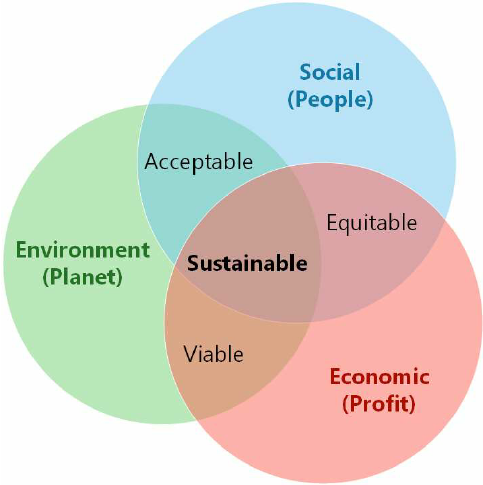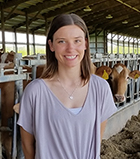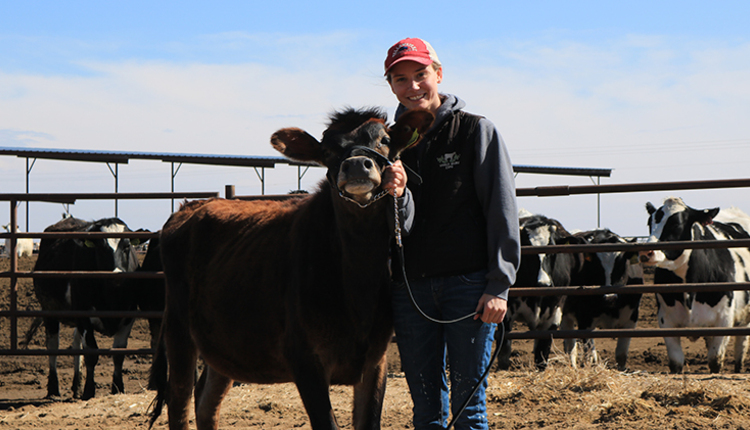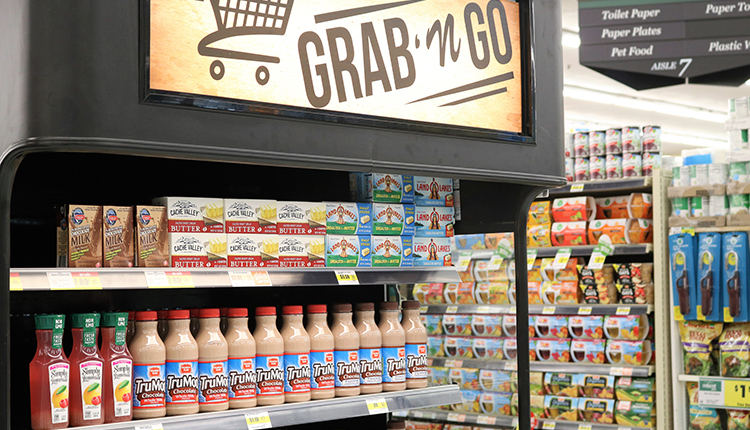
In last Friday’s blog I tackled the word “sustainability.” I explained the social aspect of it and gave tips on how dairy farms could achieve their social sustainability goals.
This week I am going to focus on the second tier of sustainability, environment.

Environmental sustainability involves a dairy’s use of nonrenewable resources, the amount of pollution they create, and implementation of renewable energy.
My first tip is to do an energy audit, and map your energy use. Special advisors can be accessed through the USDA-NRCS (Natural Resource Conservation Service). Applications and funding can be found here.
If you want, monitor energy usage yourself. Use a table like this to record your findings.
| Component | Energy requirement | Daily running time | Researched, possible electrical savings | Available energy cuts |
| Milk pump | < 1 kW | Runs 18 h | 20 % | 6 kWh |
kW=1000 watts
Compare your usage to local, state, and national statistics and find areas that you can improve.
Next, focus on separate areas and adopt feasible changes now, while also making long-term environmental goals.
Nonrenewable resources — Water is a major concern for farmers in every state. We often have to share our water and are regulated on the amount we can use.
- Give water two times the usage; first use it to cool milk, and then collect it for cows to drink or use it to cool cows.
- Fix leaky hoses, faucets, and waterers — we all have them.
- Collect storm water that could be used for flushing pens or give access to a local fire department to use.
Pollution — How many dairies recycle? If you don’t that is a good place to start. Other recommendations to decrease pollution and waste are:
- Pumping manure to fields instead of tractor or truck hauling.
- Zoning ground, so all water runoff is collected and can be accounted for on the dairy.
- Preventative maintenance on all equipment, fans, vacuum pumps, and motors for better efficiency and keeping utility high for every kWh.
Renewable energy — Methane digestors, solar panels, and heat recovery are available for use in agricultural sectors. While implementation of these are good long-term goals, they may not be feasible right now when faced with low milk prices. In the meantime:
- Use LED lighting.
- Insulate barns to moderate summertime temperatures, and lessen fan and sprinkler use.
- Install the right pump sizes (milk, vacuum, manure), as larger pumps may consume 20 percent more energy.
Here are links to other resources about farm energy audits:
Northeast SARE, Maryland Extension, and USDA guide to the EQIP energy audit.
Christy Achen is the 2018 Hoard's Dairyman summer editorial intern. She grew up on a dairy farm in southwest Kansas. Achen is currently a senior at Utah State University studying agricultural communications and journalism.








